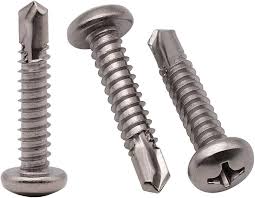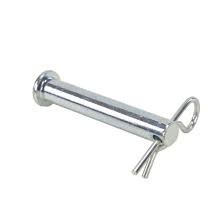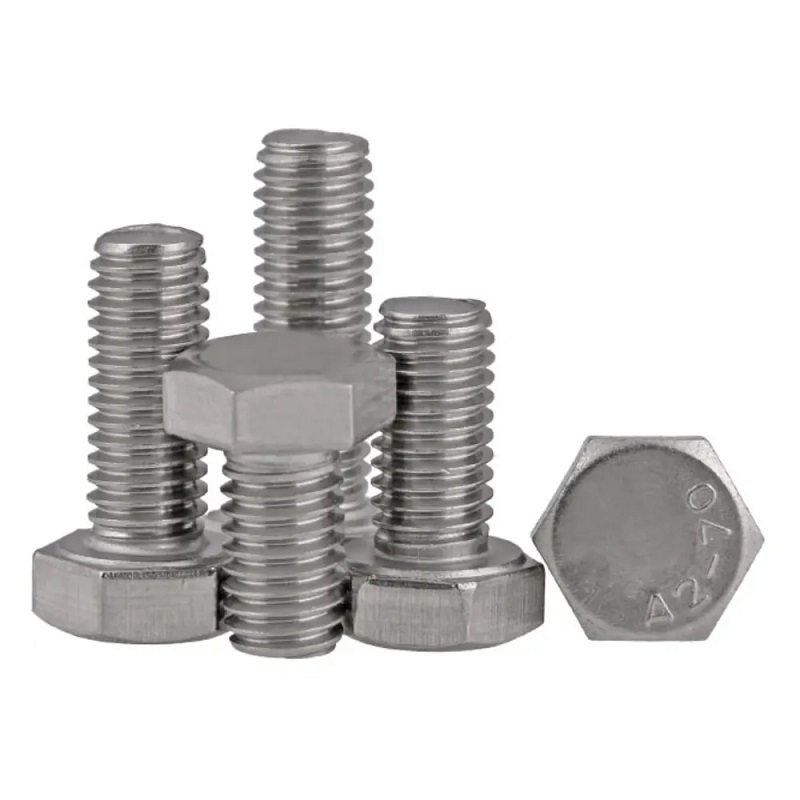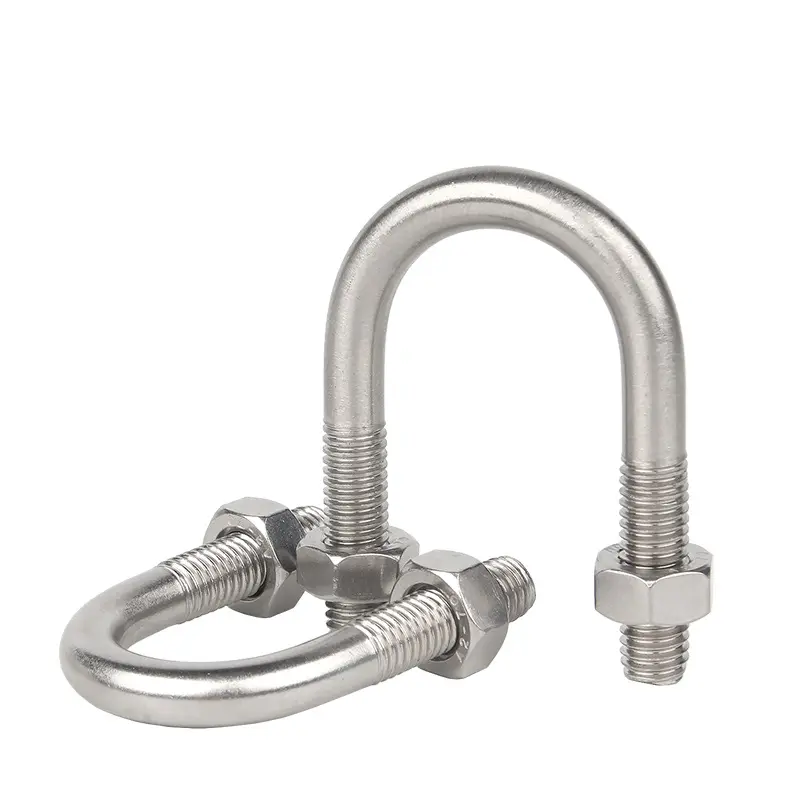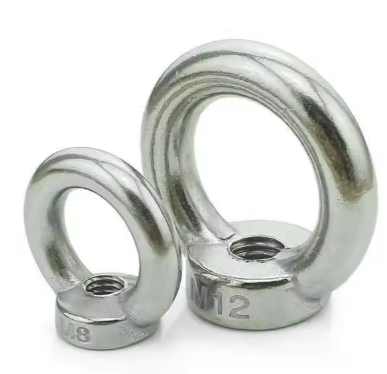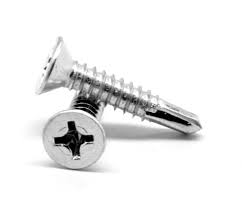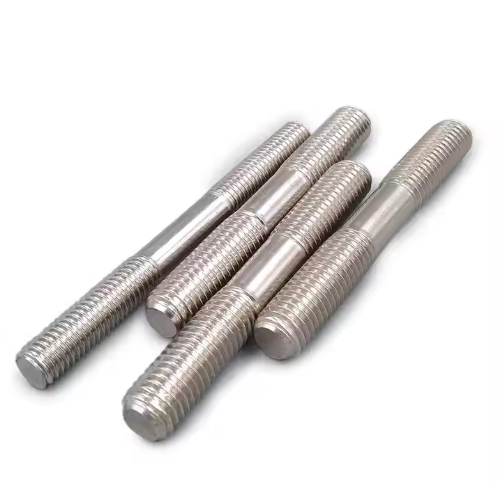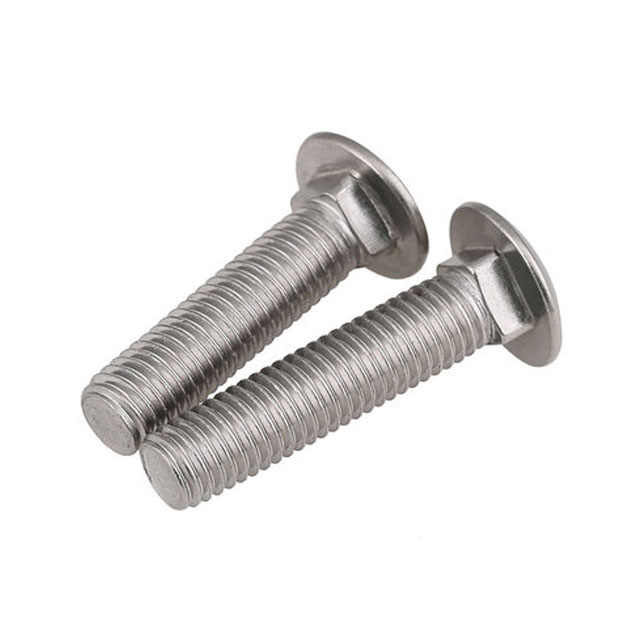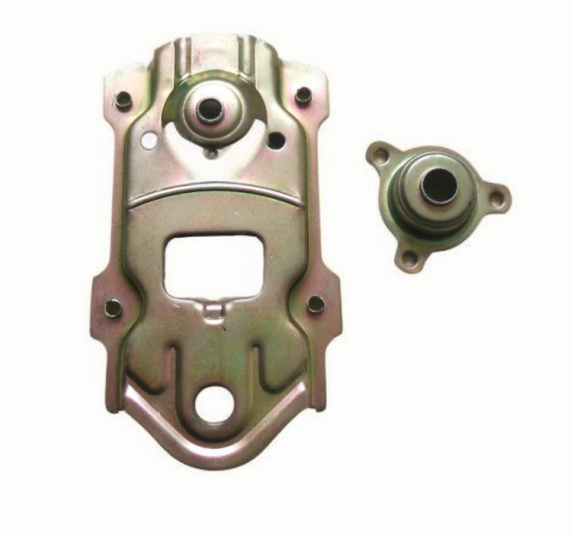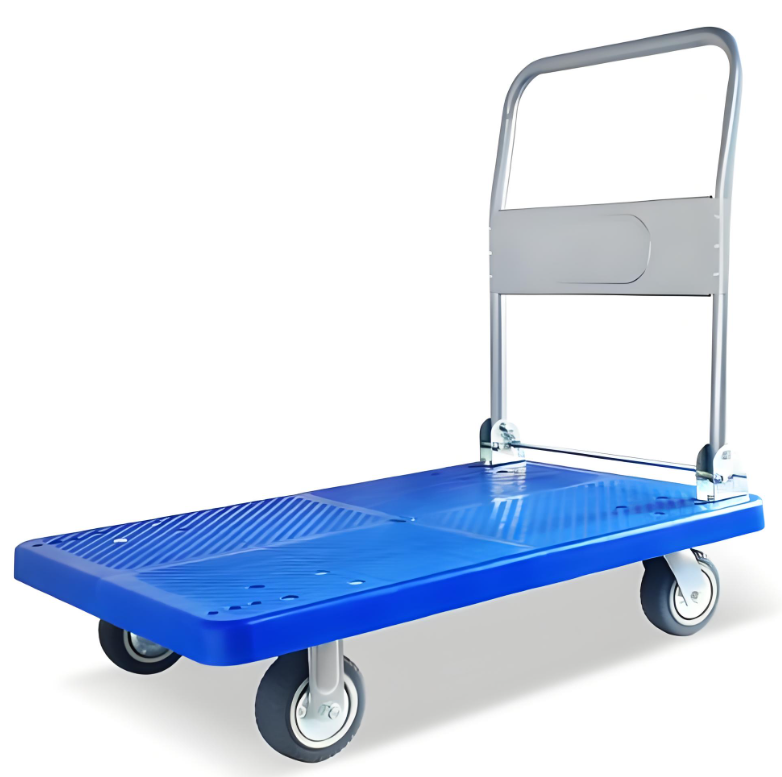

Buy the Right Rivet Nut Setter: A Comprehensive GuideThis guide helps you choose the best rivet nut setter for your needs, covering types, features, and applications. Learn how to select the perfect tool for various materials and projects, ensuring efficient and reliable fastening.
Choosing the right rivet nut setter can significantly impact the efficiency and quality of your work. Whether you're a professional or a DIY enthusiast, understanding the different types and features available is crucial. This guide provides a comprehensive overview to help you make an informed decision.
Manual rivet nut setters are ideal for small-scale projects or occasional use. They are generally less expensive than their powered counterparts and are portable, making them suitable for on-site applications. However, they require more manual effort and are slower for large-scale projects. Their simplicity makes them easy to learn to operate.
Pneumatic rivet nut setters offer greater speed and power compared to manual models. They use compressed air to drive the setting process, making them efficient for repetitive tasks and larger projects. These require an air compressor for operation. They're a good choice for workshops or professional settings requiring high volume work. Consider the air pressure requirements when selecting a pneumatic model.
Electric rivet nut setters provide a balance between power and portability. They eliminate the need for an air compressor, making them a convenient choice for various applications. They are often more powerful than manual setters but generally less powerful than pneumatic ones. Choose an electric model with the appropriate power and speed for your project's demands. Battery life can be a consideration for cordless versions.
Different materials require different setting pressures and techniques. Ensure the rivet nut setter you choose is compatible with the materials you'll be working with (e.g., steel, aluminum, plastic). Check the manufacturer's specifications to ensure compatibility.
Rivet nut setters are designed to accommodate specific rivet nut sizes and types. Make sure the tool you select is compatible with the rivet nuts you intend to use. The tool's specifications should clearly list compatible sizes and types.
As discussed above, consider the power source (manual, pneumatic, or electric) based on your project needs, budget, and workspace. A pneumatic setter offers the most power but requires a compressor. An electric model is convenient, while manual setters offer affordability and portability.
Invest in a high-quality rivet nut setter that will stand up to frequent use. Look for a robust design with durable materials and precision engineering. A well-built tool will provide lasting performance and reliability.
The best rivet nut setter for you will depend on your specific requirements. Consider the following questions:
By carefully considering these factors, you can choose the perfect rivet nut setter to meet your needs and ensure a successful project. Remember to always consult the manufacturer's instructions for safe and proper operation.
For high-quality fasteners and related tools, consider exploring the extensive range offered by Hebei Dewell Metal Products Co., LTD. They provide a variety of options to suit diverse applications.

